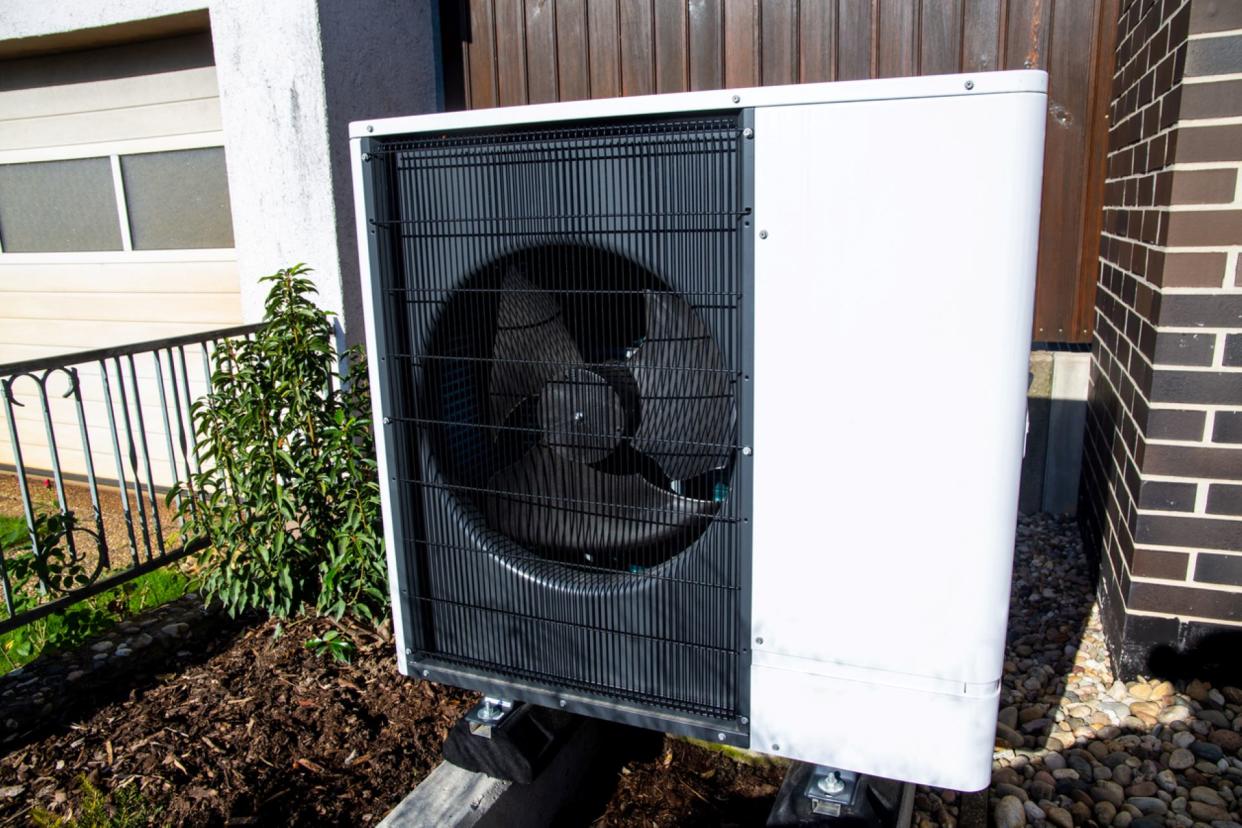These 'geothermal' appliances could save homeowners around $1,500 a year — and they'll last for decades

When it comes to heating, few options offer more long-term bang for your buck than a heat pump.
Instead of generating heat like a furnace, a heat pump just moves existing heat to where you want it, so it takes much less power overall. One especially exciting type of heat pump that's had a recent surge in popularity is the geothermal heat pump.
What is a geothermal heat pump?
A geothermal heat pump is called that because it gets its heat ("thermal") energy from the ground ("geo").
The surface of the soil changes temperature with the seasons and the time of day. But if you dig down a few feet, you'll find a zone of earth that stays at a relatively constant temperature all the time. It's warm enough for a heat pump to draw energy from it in the winter to heat your home, but it's cool enough to bleed off excess heat during the summer.
How will a geothermal heat pump save me money?
This method of heating and cooling is three to five times more efficient than traditional alternatives, dramatically reducing your energy bill and the amount of air pollution produced in the process of heating and cooling your home. Energy company Geotherm estimates the potential savings at $1,500 per year.
Installing a geothermal system is an investment, and Rewiring America estimates it costs about $24,000 on average depending on the size and location of your home.
However, the Inflation Reduction Act provides homeowners a 30% tax credit for qualifying systems, which could help bring that price tag down to about $16,800. That system would pay for itself in a little over 11 years, and, with a life span of up to 50 years, you'll be saving money for long after that.
Are there any other uses for heat pump technology?
For one, you can get a heat pump dryer! These high-efficiency dryers don't have vents because they recycle the same air in a closed system. The warm air absorbs water from the clothes, then flows through a condenser that collects the water out of it.
Then the same air, which is still warm, gets reheated and used for further drying. It's much more energy-efficient than continuously heating new, cold air, so you save money.
Join our free newsletter for easy tips to save more, waste less, and help yourself while helping the planet.